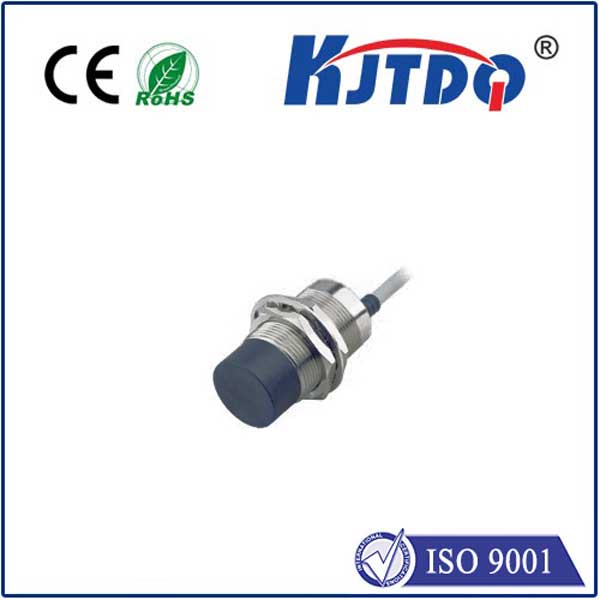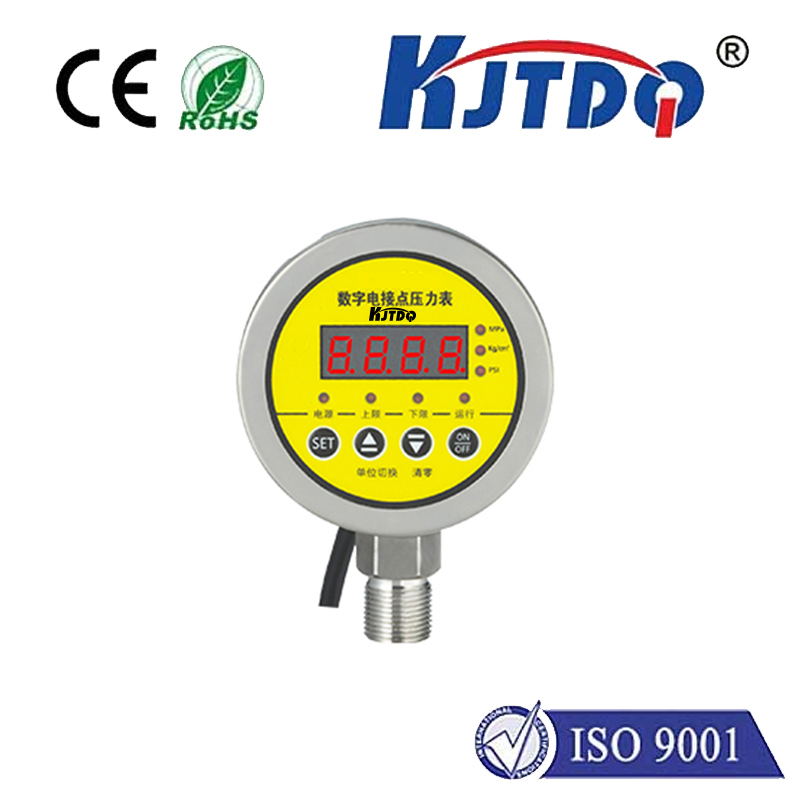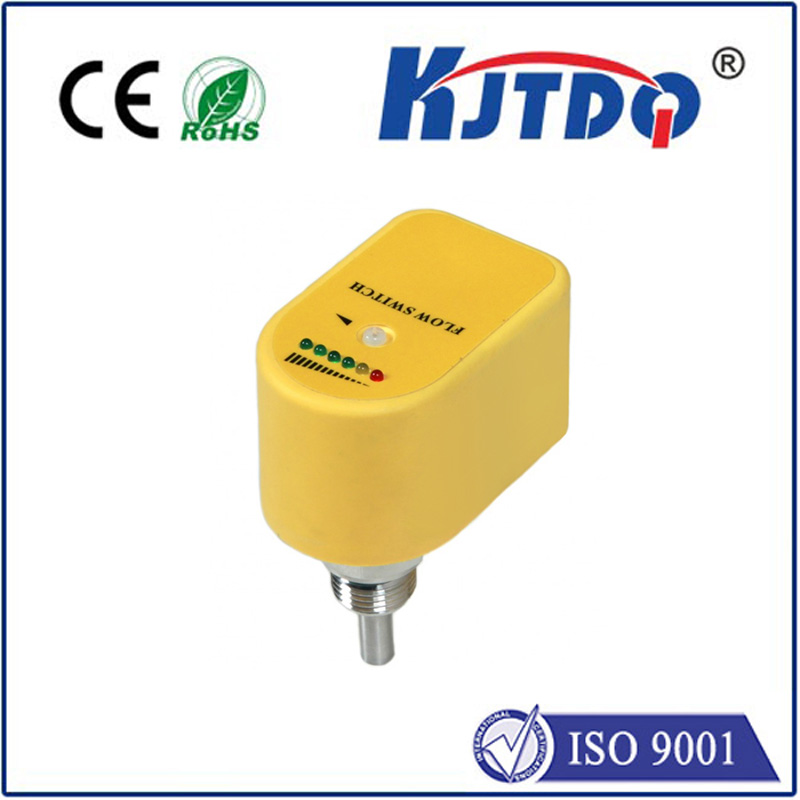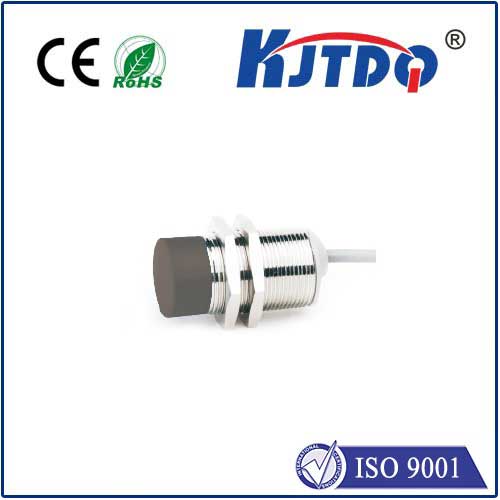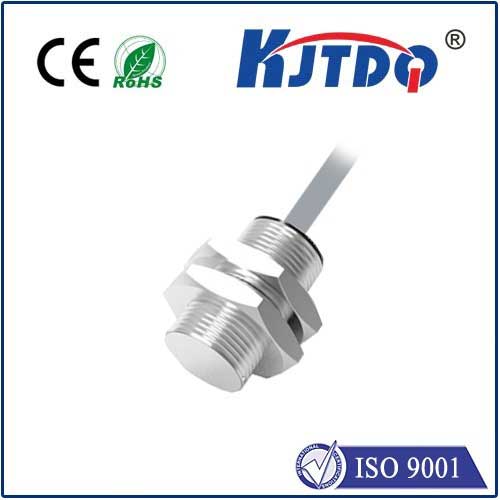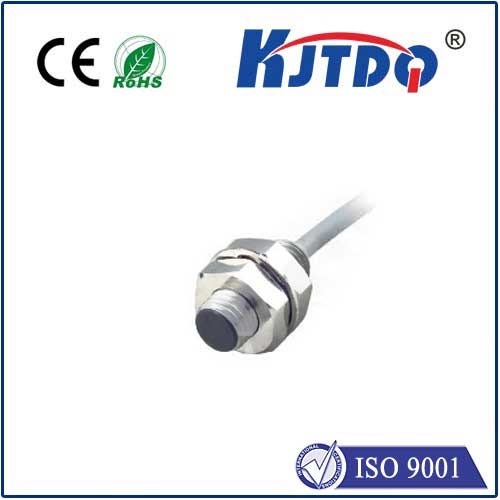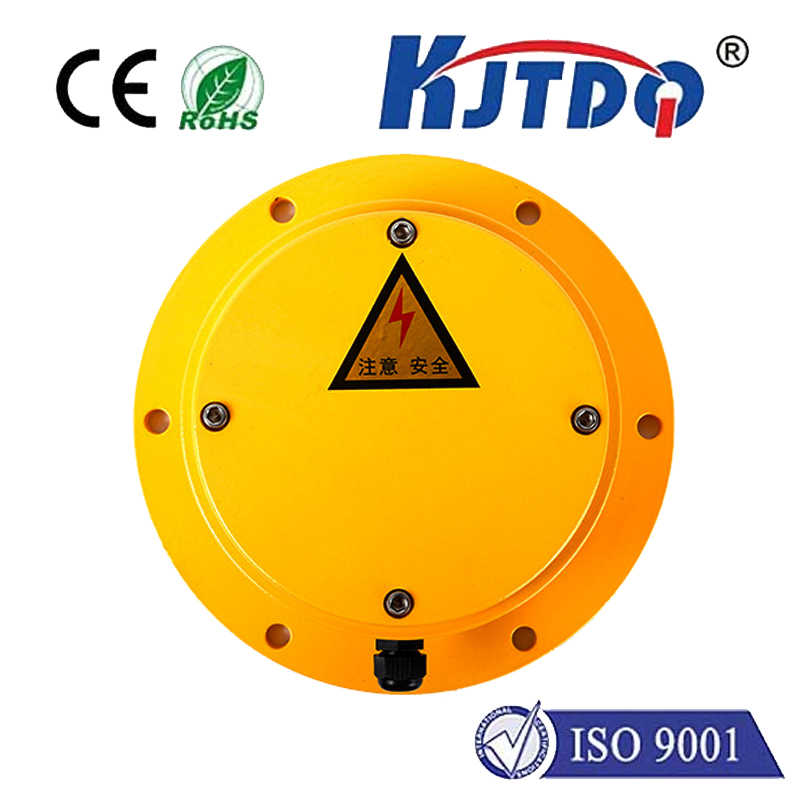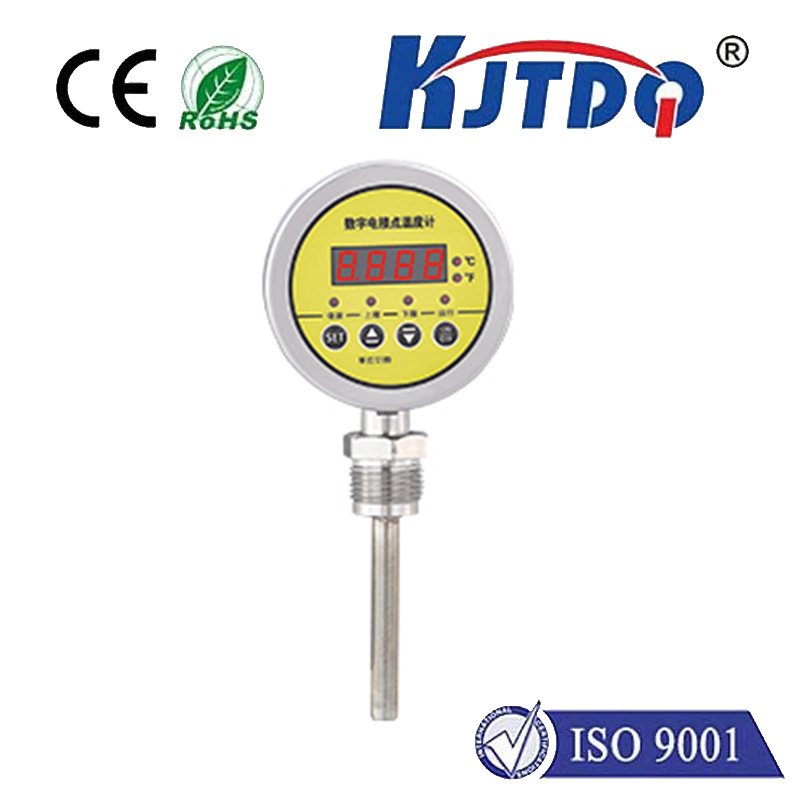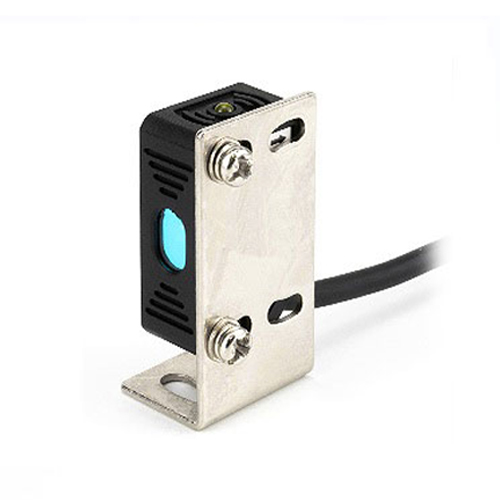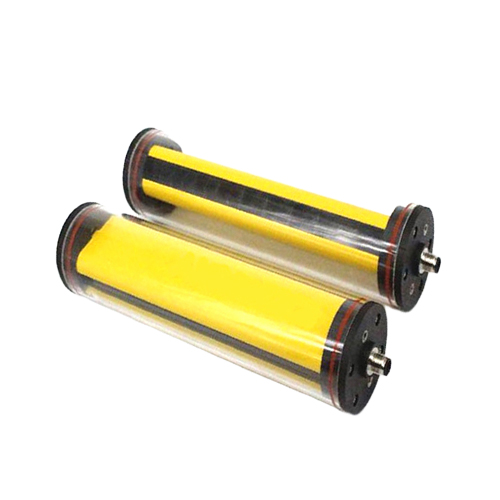Лазерный датчик для измерения высоты
- time:2025-08-27 10:54:58
- Нажмите:0
Precision at the Speed of Light: Mastering Height Measurement with Laser Sensors
Accurate height measurement isn’t just about checking dimensions; it’s fundamental to quality control, safety, automation, and efficiency across countless industries. From verifying the thickness of a microchip component to ensuring a warehouse pallet fits through a door, or aligning aircraft wings with millimetric precision, knowing vertical distance reliably is paramount. Traditional methods like rulers, tape measures, or contact probes often fall short – they’re slow, prone to human error, invasive, or simply impractical in dynamic or sensitive environments. This is where the laser sensor for height measurement steps in, offering unparalleled speed, accuracy, and non-contact capability. This article delves into the transformative technology of laser sensors, exploring how they work, why they excel, and where they deliver critical advantages.
Understanding the Beam: How Laser Height Sensors Work
While specific technologies vary, the core principle behind most laser sensors used for height measurement involves precise distance calculation. The most common method is Лазерная триангуляция:

- Emission: The sensor emits a highly focused, low-power collimated laser beam (typically Class 1 or 2, safe for eyes) towards the target surface.
- Reflection: The beam strikes the target and is diffusely reflected.
- Reception: A lens within the sensor focuses the reflected light onto a specialized, high-resolution position-sensitive detector (PSD) or a charge-coupled device (CCD)/complementary metal-oxide-semiconductor (CMOS) array.
- Triangulation: The geometry is key. The laser emitter, the receiving lens, and the detector form a triangle. The position where the reflected spot lands on the detector changes depending on the distance to the target. If the target is closer, the spot hits the detector at one position; if it’s farther away, it lands at another.
- Calculation: Sophisticated onboard electronics analyze the exact position of the light spot on the detector and, using the fixed geometric relationship (the baseline angles of the triangle), instantly calculate the distance to the target surface. This distance reading is the height measurement relative to the sensor’s reference point.
Time-of-flight (ToF) laser sensors represent another approach, calculating distance by precisely measuring the time it takes for the laser pulse to travel to the target and back, using the known speed of light. While common for longer ranges, triangulation generally offers higher precision for typical industrial height measurement applications.
Why Laser Sensors Dominate Height Measurement
Choosing a laser sensor for height gauging provides a compelling suite of advantages over traditional methods:
- Non-Contact Operation: This is perhaps the most significant benefit. The laser beam measures without physically touching the target. This eliminates the risk of damaging delicate surfaces (like polished metals, electronics, food products, or soft materials) and prevents sensor wear from contact. It also allows measurement of hot, moving, vibrating, or otherwise inaccessible surfaces.
- High Precision and Resolution: Laser triangulation sensors achieve remarkable accuracy, often down to micrometers (µm) or even sub-micron levels for specialized models. This level of resolution is essential for demanding tasks like semiconductor fabrication, precision machining, and optical component inspection.
- Exceptional Speed: Measurements are taken thousands of times per second. This high sampling speed is crucial for real-time process control, high-speed production lines (e.g., bottling plants, automotive assembly), and dynamic measurement applications.
- Small Spot Size: The focused laser beam enables measurements on very small features or within confined spaces where physical probes couldn’t fit.
- Многогранность: Modern laser sensors function effectively on a wide range of materials – metals, plastics, glass, wood, liquids (surface level), rubber, and more – although surface reflectivity can influence performance and may sometimes require specific settings or diffractive optics.
- Robustness: Designed for industrial environments, quality laser sensors feature robust housings resistant to dust, moisture (IP ratings), and vibrations. They offer reliable performance in demanding factory settings.
- Ease of Integration: These sensors typically output standardized analog (e.g., 0-10V, 4-20mA) or digital signals (e.g., RS232, RS485, Ethernet/IP, EtherCAT, PROFINET) that easily interface with PLCs, SCADA systems, data loggers, and PC-based control systems for automation.
Where Laser Height Sensors Shine: Key Applications
The unique combination of speed, precision, and non-contact operation makes laser sensors indispensable in numerous sectors:
- Manufacturing & Quality Control:
- Thickness Gauging: Measuring the thickness of sheet metal, glass, plastic films, paper, and coatings during production.
- Component Height Verification: Ensuring electronic components (chips, capacitors), mechanical parts (pistons, seals, bearings), and assembled products are within specified height tolerances.
- Warpage Detection: Identifying warping or bending on PCBs, solar panels, or large metal sheets.
- Fill Level Monitoring (Indirect): Measuring the height of contents in bottles, cans, or containers (especially opaque ones) on filling lines.
- Surface Profile & Flatness: Scanning surfaces to detect warping, bumps, or deviations from flatness. Robotic Guidance: Providing precise height data for robots performing tasks like welding, dispensing, or picking and placing objects.
- Logistics & Warehousing:
- Pallet Dimensioning: Quickly and accurately measuring the height (and often width/length) of palletized goods for storage optimization, shipping cost calculation, and load planning.
- Overhead Clearance Checks: Verifying if loads on forklifts or trucks will safely pass under doorways, bridges, or pipes within a facility.
- Construction & Civil Engineering:
- Alignment & Leveling: Assisting in aligning structural components, machinery bases, or rail tracks to precise heights.
- Settlement Monitoring: Measuring subtle changes in the height of structures (buildings, dams, bridges) over time to detect subsidence or movement.
- Terrain Profiling: Mapping ground levels for grading, excavation, or surveying tasks.
- Aerospace & Automotive:
- Gap & Flush Measurement: Ensuring perfect alignment of body panels, doors, and hatches.
- Wheel Alignment: Measuring critical suspension geometry angles relative to a reference plane.
- Component Positioning: Precisely positioning parts like wings, fuselage sections, or engine components during assembly.
Choosing the Right Laser Sensor: Key Considerations
Selecting the optimal laser sensor for your height measurement task involves evaluating several parameters:
- Measuring Range: The minimum and maximum distance from the sensor face over which it can accurately measure height. Choose a range that comfortably encompasses your target’s variation.
- **Resolution & Accuracy

